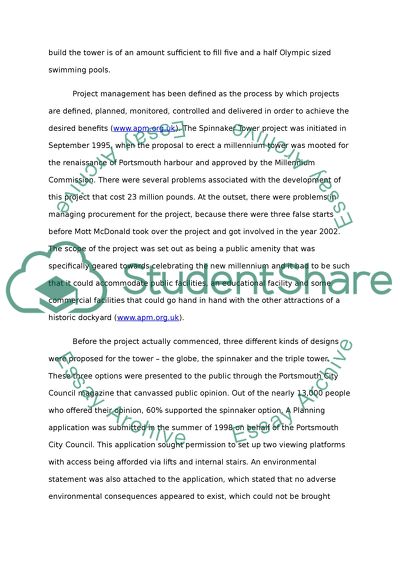Cite this document
(The Spinnaker Tower and St Pancras Station Essay, n.d.)
The Spinnaker Tower and St Pancras Station Essay. Retrieved from https://studentshare.org/architecture/1558930-the-spinnaker-tower-and-st-pancras-station
The Spinnaker Tower and St Pancras Station Essay. Retrieved from https://studentshare.org/architecture/1558930-the-spinnaker-tower-and-st-pancras-station
(The Spinnaker Tower and St Pancras Station Essay)
The Spinnaker Tower and St Pancras Station Essay. https://studentshare.org/architecture/1558930-the-spinnaker-tower-and-st-pancras-station.
The Spinnaker Tower and St Pancras Station Essay. https://studentshare.org/architecture/1558930-the-spinnaker-tower-and-st-pancras-station.
“The Spinnaker Tower and St Pancras Station Essay”. https://studentshare.org/architecture/1558930-the-spinnaker-tower-and-st-pancras-station.


